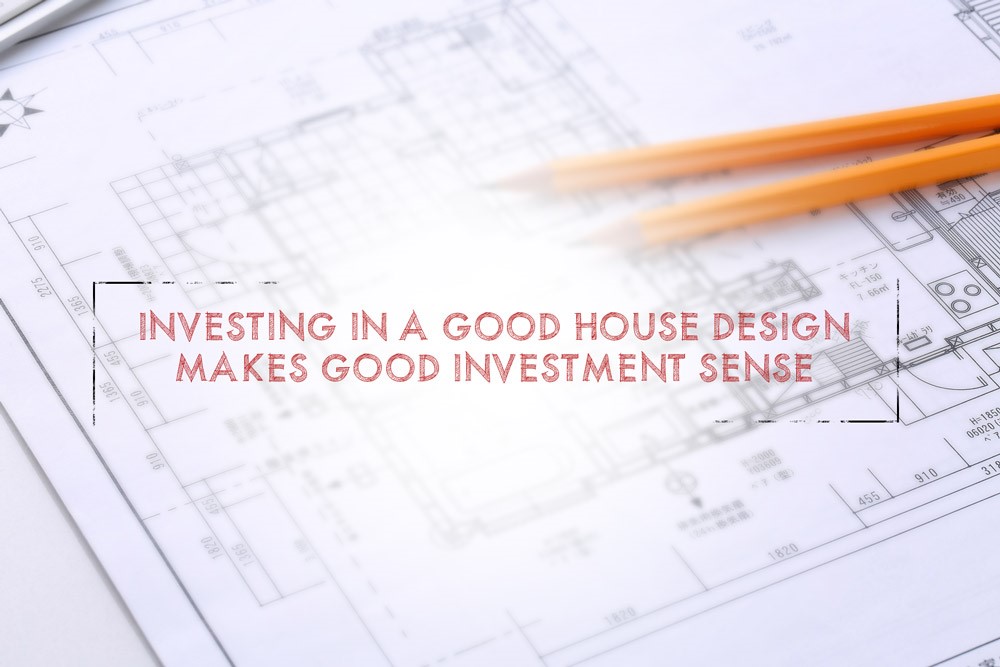Have you ever lived in a house that just didn’t feel right? If you really analysed it, you’d most likely find that the way the house was orientated on the block made it feel dark and gloomy or a poor floor plan or poor storage just made living comfortably awkward.
Good tenants are only sticky (that is they’re keen to pay you rent to live in your property for the longer term) if your property works well for them.
What do you need to look out for when it comes to evaluating whether a property will be attractive to sticky tenants?
On the go? Here’s 30 seconds of key take outs:
- A good house design will attract good tenants, and that’s a great start to your property investment career.
- The climate of the location of your new build will influence the design features you’ll need to consider to make your home a magnet for some great tenants who will never want to move out!
- Buying an off the plan design can save you a lot of time, money and headaches. An experienced project home builder has done all of the work for you already. You just need to choose from a range of tried and tested home designs.
Keep going >>
Let’s take a look at the key features that make a house a home, and an attractive rental option.
Location and climate influence design
Location and the climate of the location will influence good house design. If you replicated construction of a house that was designed for Queensland’s hot, tropical climate on a block in Melbourne, your tenants are likely to spend a quarter of the year feeling too cool, or paying astronomical heating bills to feel comfortable! It may see them ending the lease after their first winter in the house!
The best block contour is a practical one
While a sloping block of land with water glimpses may seem very appealing, you’ll find the site costs to construct the foundations will be far higher than a nice flat block. A flat block offers far more opportunity for how you design a property, and how to best optimise every square metre of the land.
Let there be light with a northerly aspect
In the Southern Hemisphere, having your main living spaces oriented ever so slightly east of a northerly aspect, will give you a home filled with sunlight and warmth in winter. This reduces the cost of heating contributing to energy efficiency and also makes for more welcoming spaces. Wide eaves will then ensure these same living spaces are comfortable in summer months.
Of course, the exception to this rule is if you found a block with amazing water views facing west, you’re hardly going to design a house that shuts that view down! In this case, you’d need to compensate with cleverly designed eaves and tip top insulation.
Natural light is always attractive
Positioning the orientation of the house so that the spaces the residents are most likely to spend the majority of their time in are well lit – a northerly aspect for main living areas – will reduce the need for artificial lighting in darker months. This is beneficial in terms of overall energy efficiency but it also simply feels better to be living in natural light than manufactured light.
Additionally, wise placement of windows and sky lights will contribute to creating a light filled house. For example in climates where it is hot most of the year, you would minimise windows on the west side of the house to help reduce heat, but maximise windows on the south side for optimum light.
More light and warmth also means less condensation, and sunlight to inhibit moisture and mould.
Good insulation makes for comfortable living
The undesirable transfer of warm or cool air from inside to outside and vice versa can be minimised by investing in good quality insulation. Insulation acts as a barrier to this heat flow. The goal here, with insulation, is to achieve year-round comfort to reduce cooling and heating bills.
In hotter climates like Western Australia or Queensland, the goal is to minimise the sun’s thermal heat transfer by stopping the transfer of the sun’s thermal heat from outside to inside, with appropriate insulation. In New South Wales alpine areas or central highlands or Victoria’s high country, you’ll want insulation designed to keep the heat inside in winter by stopping it from escaping the interior of the house.
Good ventilation makes for easy breathing
Good ventilation is particularly important in the humidity of tropical climates. A well ventilated design will cool the warm air accumulated in the building during the heat of the day.
Carefully designed ventilation is also important for clean air or good air quality. It contributes to that sense of ‘feeling good’ about the house you’re living in.
Sun shading is really cool
Sun shading can be an effective way to reduce the sun’s heat in hotter locations. Based on the research I’ve done over the years, effective shading can block up to 90% of the heat generated from direct sunlight.
You know how you start driving in winter, and the sun always seems to be right in your eyes? Well, the winter sun sits at a lower angle, for this reason, the north facing eaves of a well designed house will be narrow enough to catch some of that low angle winter sun.
Ideally outdoor shades and shading devices should be moveable and placed in such a way that they account for the different positions of the sun across all the seasons.
Know your target tenants and design with their needs in mind
Before you roll up your sleeves and start talking with your architect or builder about home design, make sure you’re clear on the demographics of the tenants you hope to attract. Good design will support the furniture, whitegoods and electronics your ideal tenants are likely to have. A floor plan that has a clear separation of living areas and bedrooms is a desirable feature, as is having a good ration of indoor to outdoor living spaces. It is a great idea to develop a ‘persona’ of your ideal tenants. By that, I mean map out exactly who the tenants might be – give them names if you like! You might have a couple in their late twenties, with two children under five and another on the way. What are they likely to be looking for when searching for their next rental property?
Buy off the plan and make your life easier
Planning a home design from scratch is not only daunting, but it is a lot of work.
First, you need to find an architect, or building designer that will work to your budget. Then you’ll have consultation fees and design contract costs to pay. Then you’ve got to work out what your target tenants will be looking for, and what rental income you’ll be looking for to achieve your goals. Then there’ll be some back and forth on agreeing final plans and specifications, and engaging a builder, and getting council approval and construction certification and more. There is a lot of elbow grease here, and at the end of it all you may still be unsure if you’ve ended up with the right design.
Purchasing an off the plan property can take a lot of headache out. All the design work has been done and the plans are already drawn up and costed out.
Volume based builders or project home builders generally offer a large range of home designs to choose from and can mostly accommodate for changes to suit what you’re after.
Typically, the cost per square metre for a project home builder will be less than a custom designed home. An experienced volume builder will have their home designs down to a formula that reduces risk and allows for economies of scale for trades, construction systems and materials from an established and trusted supply chain.
Buying off the plan usually enables you the opportunity to negotiate to build to a fixed or turnkey price. Turnkey means you can literally turn the key once building is completed and move in – or have tenants move straight in.
Getting the right help can streamline the process and take a lot of the fear and concerns away from building you new investment property.
At Capital Properties we’ve ‘been there and done that’ many times and can help. Feel free to give us a call on on 02 9222 9444.
References and helpful information:
Australian Institute of Architects
Australian Institute of Building Surveyors
Australian Local Government Association
Building Commission Victoria
Building Designers Association of Victoria
Building Designers Australia
www.bdaa.com.au (follow the links to the relevant chapter for your state)
Home Design Directory’s construction cost calculator
www.homedesigndirectory.com.au
Master Builders Australia
MyDesigner
Northern Territory Department of Lands, Planning and the Environment
NSW Department of Planning and Infrastructure
Queensland Department of State Development, Infrastructure and Planning
South Australian Department of Planning, Transport and Infrastructure
Sustainability Victoria
Tasmanian Infrastructure and Resource Information Service (IRIS), Planning and Development
Victorian Department of Planning and Community Development
West Australian Planning Commission
Click on the Capital Properties links below to find out more: Free Discovery Session | Property Investor Workshops
Free investor tools: Our Switched-on Property Investors Program | The Capital Properties Investor Quiz | Property Investment SOP – The Book | 8 Tips to investing in a good house design






